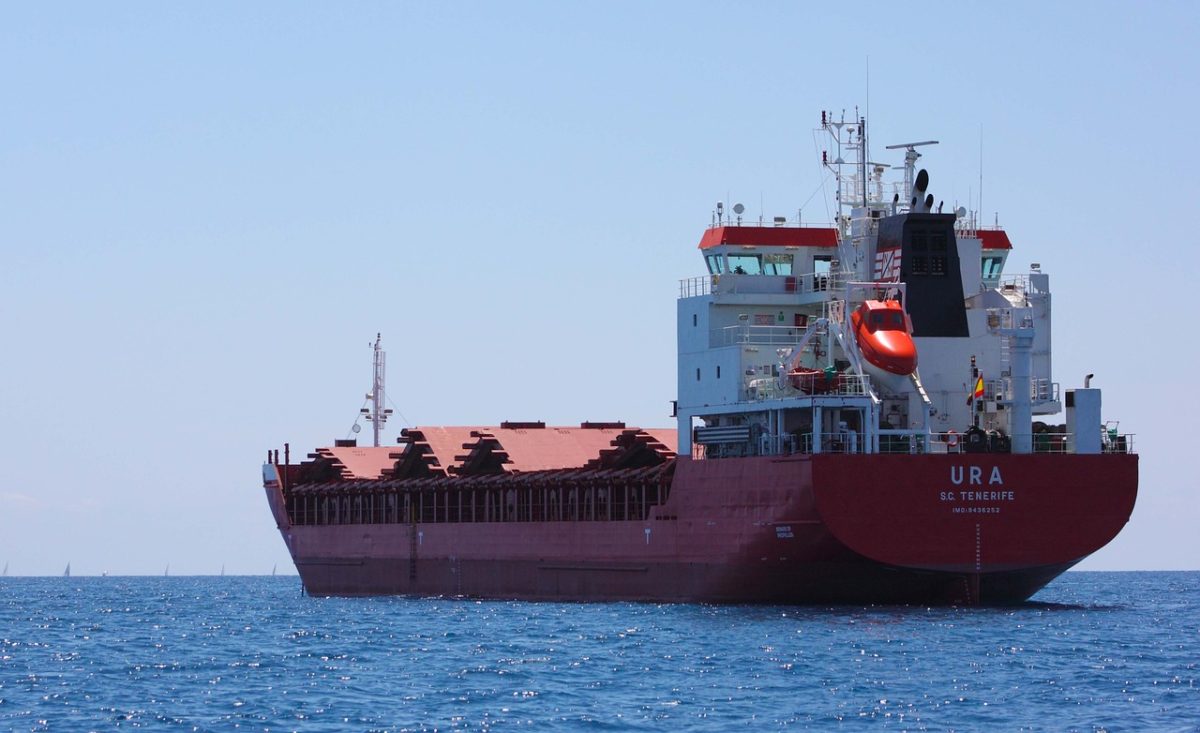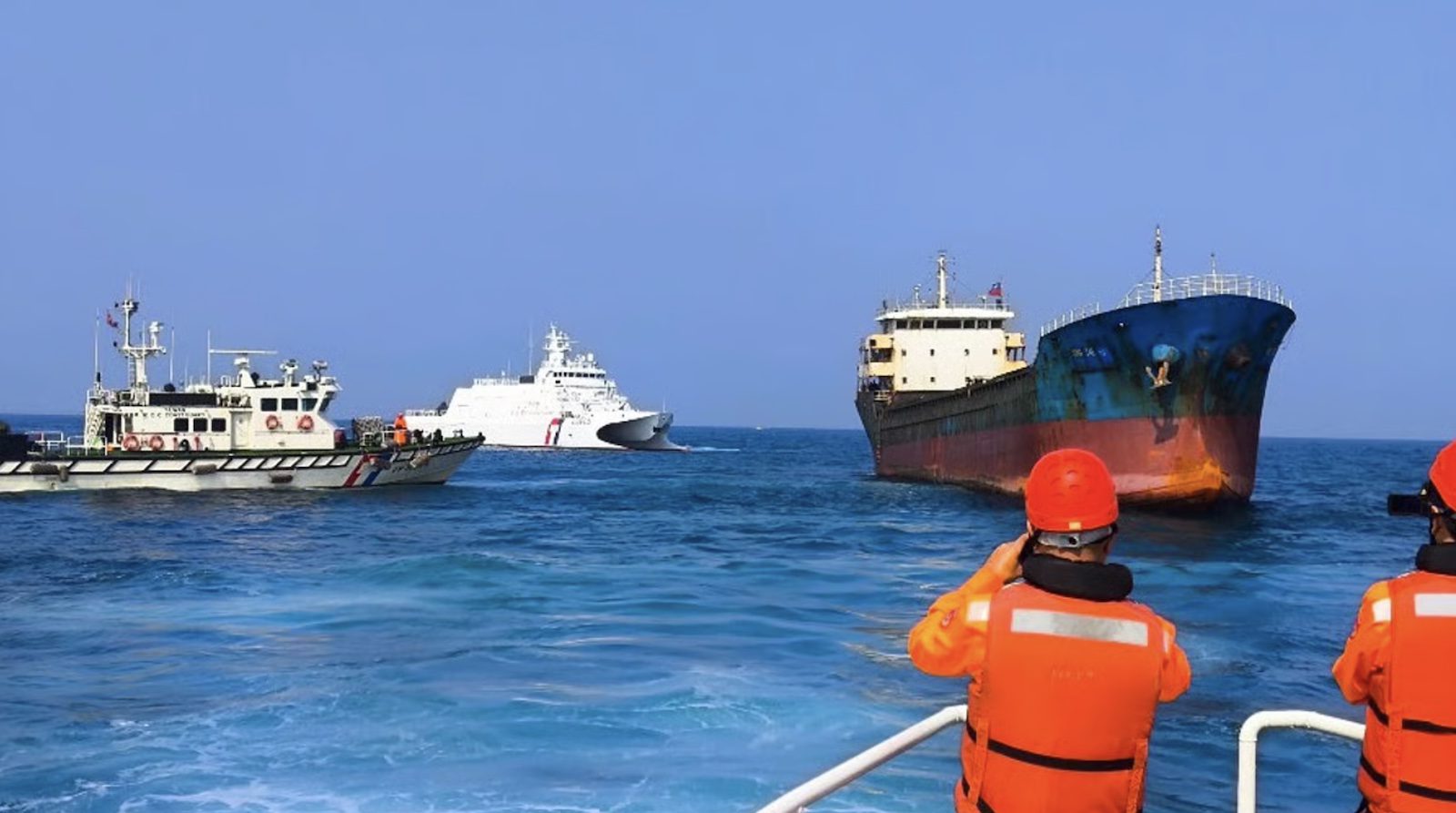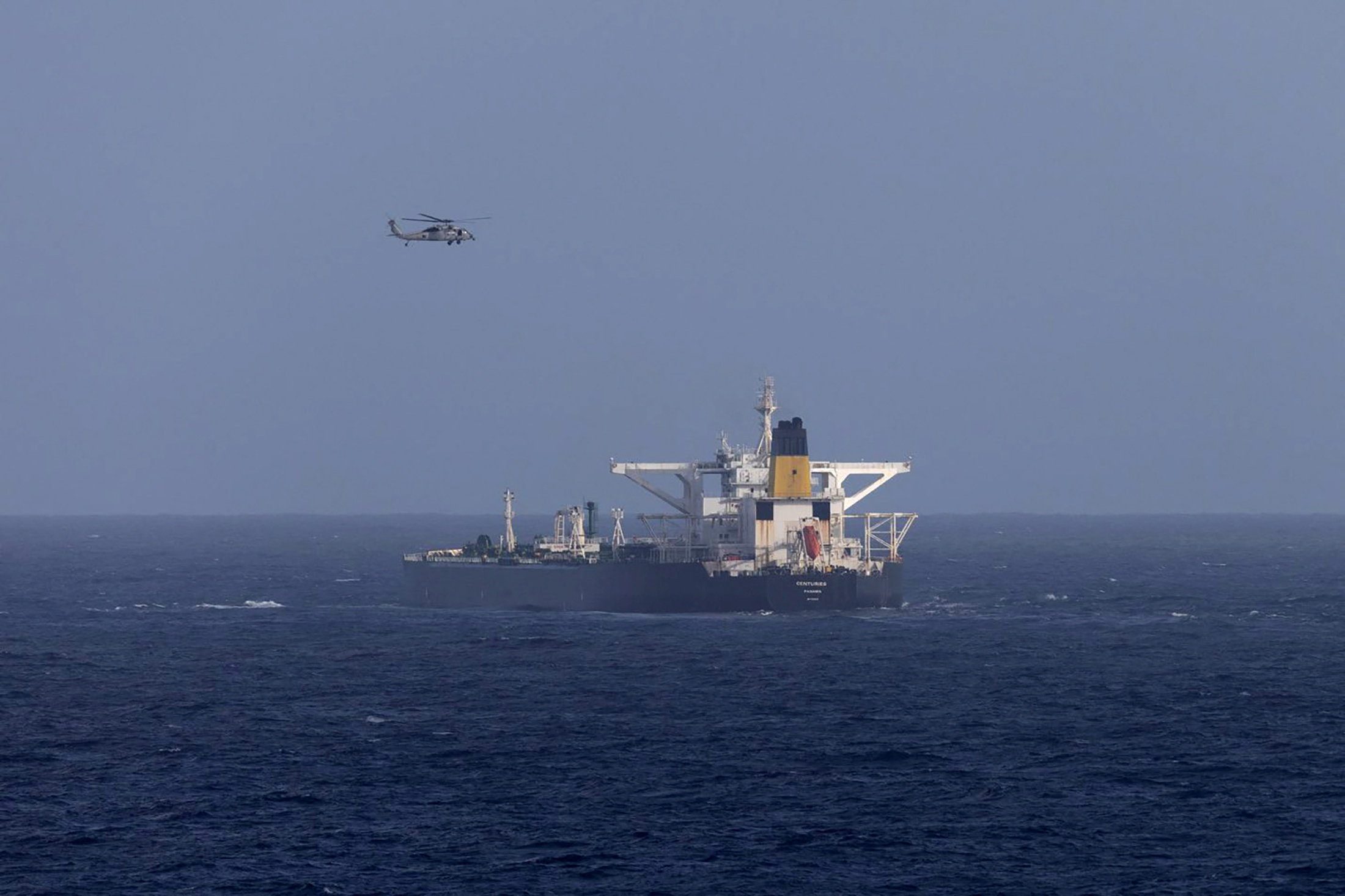File photo

By Jonathan Saul LONDON, July 24 (Reuters) – Dutch shipowner Vroon is finding talks with banks tough going as it tries to navigate a way out of a long slump in the shipping industry. But it is not an easy time for the lenders either.
Vroon, a 127-year-old family-owned group which operates about 200 vessels and transports livestock, oil and other commodities, wants to extend its credit lines and adjust repayment schedules.
But European banks that lent heavily to the sector when it boomed more than a decade ago have a heavy toxic debt burden following the 2008-09 global financial crisis and a shipping markets crash in 2010.
Shipping firms and banks are caught in a vicious circle of debt, causing a credit crunch that is hindering the industry’s recovery. Overcapacity — a glut of available ships for hire — is a big concern, and another is a lack of profitability caused by problems such as slower demand and global economic turmoil.
One of the major companies, South Korean container line Hanjin Shipping Co Ltd, has gone under.
“We have difficulty in meeting all repayment obligations that we have and that is what we are in discussion with our banks about. Those discussions are constructive but are not easy — not for us, or the banks,” Herman Marks, the chief financial officer at Vroon, told Reuters.
“It is the lack of profitability for the industry that is causing the lack of availability of finance.”
Marks said Vroon was confident of reaching agreements with its financiers soon.
Shipping finance sources say the shipping industry, which transports 90 percent of the world’s goods including oil, food and industrial products such as coal and iron ore, has an estimated capital shortfall of $30 billion this year.
Some banks are being driven out of shipping and those that remain are now more conservative in their financing, Marks said.
“It is an industry that requires consolidation,” he added.
That consolidation has begun, especially in container shipping. Denmark’s Maersk Line, the global leader in the sector, is acquiring German rival Hamburg Sud and China’s COSCO Shipping Holdings Co Ltd has bid $6.3 billion for Hong Kong peer Orient Overseas International Ltd.
Germany’s Rickmers filed for insolvency in June, and firms that have filed for Chapter 11 bankruptcy protection since March include Singapore’s Ezra Holdings Ltd and U.S.-based firms Tidewater, GulfMark Offshore and Montco Offshore.
DOWNTURN
Banks were happy to lend to the shipping industry when it boomed after the surge in trade that accompanied globalization.
Even the 2008-09 crisis did not deter all creditors. Expectations that China’s fast economic growth would revive the industry prompted a brief new wave of lending before many shipping markets crashed again.
This left European banks with a debt burden of more than $100 billion and the value of at least 70 percent of those loans has fallen, according to industry estimates. Banks are struggling to find ways to recoup their mounting losses.
“There is probably about $150 billion of distressed bank debt stuck with mainly European banks — mainly German — that has still got to be de-gorged from the system,” said Michael Parker, global industry head for shipping with Citigroup.
Large banks that once had a big role in the industry, such as Britain’s Royal Bank of Scotland (RBS), are pulling out. Some more specialist lenders, such as Germany’s HSH Nordbank, are still working through their legacy loans.
Ratings agency Moody’s said in June it expected further losses as problem shipping loans continue to mount, possibly affecting banks’ profitability and capital in 2017 and potentially beyond.
The European Central Bank said in May it would be carrying out on-site inspections at banks with a view to possible “remedial actions.”
Regulators want banks to shore up their balance sheets and comply with stress tests, which assess whether a bank has enough capital to cope with adverse developments.
“The belief that the regulators will allow the banks to go back to creating the disaster they created five, 10 years ago — I think is highly unlikely,” Citi’s Parker told a Capital Link shipping conference in March.
German state-controlled lenders known as landesbanken, including HSH and NordLB, are among the hardest hit.
HSH was forced to take a second bailout from its public-sector owners because of provisions for bad shipping loans, and has to be privatized under European state-aid rules by the end of February 2018.
HSH had reduced its total shipping portfolio to 16.6 billion euros ($19.36 billion) by the end of the first quarter of 2017, from more than 30 billion euros nearly a decade ago.
By the end of the first quarter of 2017, HSH had 9.9 billion euros in its so-called ‘bad bank’ that it is running down, and the remaining 6.7 billion euros in its core bank.
“We have learned a lot of lessons from the past. We are conservative, we are cautious,” Christian Nieswandt, global head of shipping at HSH, told Reuters. “I do not think people would do the same things now that they did in the past.”
LOSSES PILED UP
NordLB set aside 2.94 billion euros in 2016 in provisions for bad shipping loans.
NordLB is preparing a sale of its property lender Deutsche Hypothekenbank as it seeks to repair its balance sheet following heavy writedowns related to its exposure to bad shipping loans, people close to the matter told Reuters.
Banks in Germany were exposed when a number of closed shipping investment funds known as KG houses were forced into insolvency, leaving the banks carrying the risks.
The banks were also exposed when the container shipping sector, which traditionally accounted for a large segment of Germany’s shipping industry, ran into trouble.
Dagfinn Lunde, former head of shipping at Germany’s DVB Bank , said a further problem arose because loans had been used to finance a type of container ship which became obsolete once the Panama Canal was extended in 2016.
“The losses were clocking up without them (the banks) seeing it,” Lunde said.
With the shipping industry still struggling, the banks’ prospects for offloading their toxic debts are challenging.
“How are they going to recoup an asset that is losing money all the time?” said Mark Clintworth, head of shipping at the European Investment Bank. “They will have to ring-fence their shipping assets and in a worst-case scenario take a complete haircut on it.”
FIRE SALES
European banks have stepped up efforts to get rid of shipping loans by selling portfolios. RBS has sold hundreds of millions of dollars in loans to buyers including Japanese financial services firm Orix Corp.
Others have found selling more difficult. Attempts by HSH to sell a 500-million-euro segment of shipping loans, as part of a 3.2-billion euro portfolio sale which included other assets, proved unsuccessful because the debt was deemed toxic and attracted offers that the bank considered too low, shipping finance sources said. HSH declined to comment.
NordLB said in July it had abandoned efforts to sell a 1.3-billion euro portfolio of loans to U.S. private equity group KKR.
Germany’s Commerzbank said in June it had sought to shed its 4.5-billion euro portfolio of distressed shipping loans through swaps with covered bonds — securities backed by shipping mortgages. It is not yet known whether it will succeed.
Sellers still trying to offload billions of dollars in loans include Deutsche Bank, shipping finance sources say.
“Investors will want to see a bit more sustained profitability to the sector – there is some way to go before that,” said Paul Taylor, global head of shipping & offshore with French bank Societe Generale CIB.
($1 = 0.8574 euros) (Editing by Timothy Heritage)
(c) Copyright Thomson Reuters 2017.

 Join The Club
Join The Club











